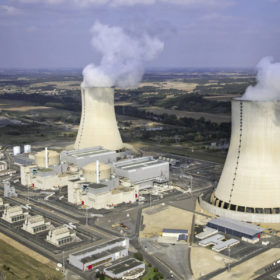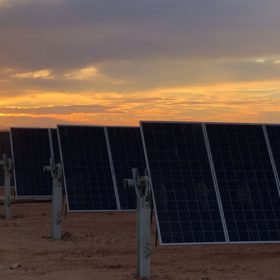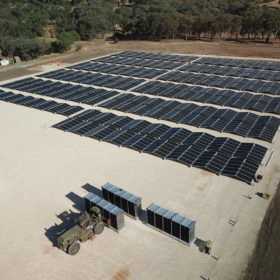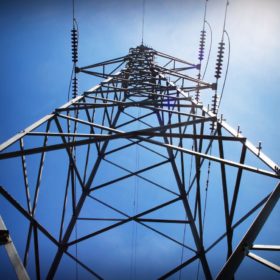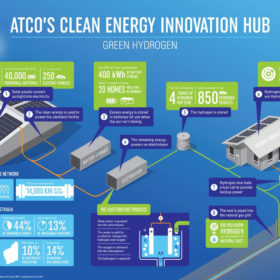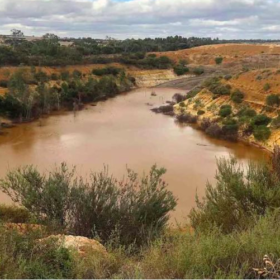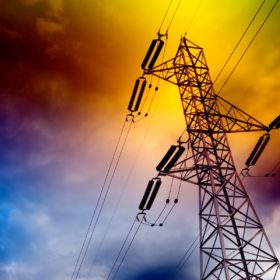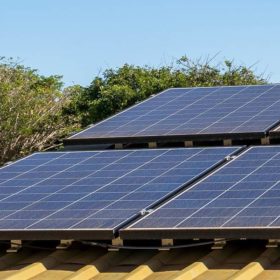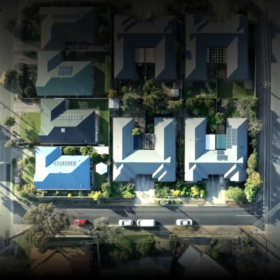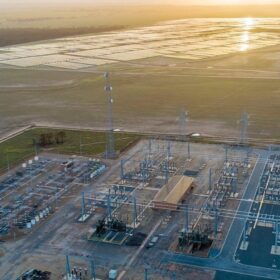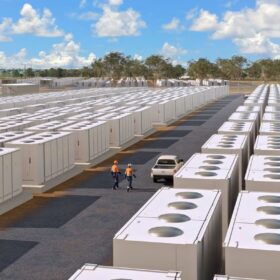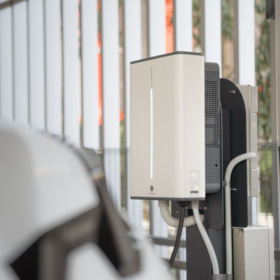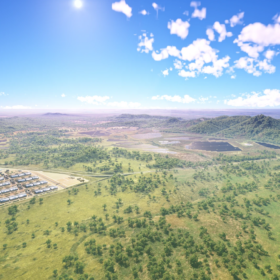Nuclear: A poor investment strategy for clean energy
Study claims that investment in a new 1GW nuclear power plant leads to average losses of approximately 4.8 billion euros. It further argues that the technology’s dangerous radioactivity emissions and proliferation risks do not qualify it as a ‘clean’ energy solution to be considered for addressing climate change. Yet still, governments are incorporating the technology into clean energy plans around the world.
Green light for more big PV as South Australia’s wind and solar pipeline swells to 10 GW
With the approval for a 176 MW solar farm and 66 MW battery storage facility near Murray Bridge, South Australia’s utility-scale wind and solar pipeline has reached some 10 GW.
Australia-Singapore power link, world’s biggest solar+storage project get government backing
The Northern Territory has given major project status to an ambitious plan to develop a 10 GW solar farm coupled with a 20-30 GWh storage facility near Tennant Creek and export solar power harvested in the Australian desert to Singapore via subsea cables.
Western Victoria’s network upgrade to unlock up to 6 GW of new wind and solar farms
The Australian Energy Market Operator (AEMO) has laid out a $370 million plan for network upgrades in Western Victoria which would deliver almost double the benefit to both energy consumers and energy producers. However, the proposal has provoked federal Energy Minister Angus Taylor’s attack on the state’s renewable energy target.
Green hydrogen joins natural gas in WA pipelines
Canadian gas giant ATCO has unveiled its Clean Energy Hub in Jandakot which will explore the potential of hydrogen for home use in gas appliances. On the same day, the Western Australian government has launched a renewable hydrogen strategy and announced the creation of a $10 million green hydrogen fund.
Australia’s first compressed air energy storage facility gets go-ahead
The South Australian government has given its tick of approval for the development of a 5 MW/10 MWh compressed air energy storage facility, which will store excess solar and wind power at a closed underground mine.
Wind and solar cut rather than boost Australia’s wholesale electricity prices
Wholesale prices in the National Electricity Market have climbed significantly in recent years. The increase has coincided with a rapid increase in the proportion of electricity supplied by wind and solar generators. But that needn’t mean the increase in wind and solar generation caused the increase in prices. It might have been caused by other things.
Batteries well-suited to play valuable role in grid management in New Zealand’s energy transition
A report published by New Zealand’s state-owned transmission grid operator Transpower finds the widespread uptake of distributed battery storage could play an important role in supporting the power system as rooftop PV and electric vehicles are increasingly adopted.
Horizon Power’s Carnarvon DER trials picks up award
Western Australia utility Horizon Power’s Carnarvon Distributed Energy Resource (DER) PV trails have received the silver award in the Energy Smart Communities Initiatives (ESCI) Best Practice Awards in the category of Smart Grids. The award recognises the necessity of DER trailing in order to find better ways to integrate solar PV into regional locations.
China auction allocates subsidies for 22.7 GW of solar with lowest bid of $0.0407/kWh
China’s National Energy Administration has given the greenlight to 3,921 ground-mounted and distributed generation projects. The approved energy price bids ranged from $0.0407 to $0.080, depending on system size, for an average price of $0.048.
